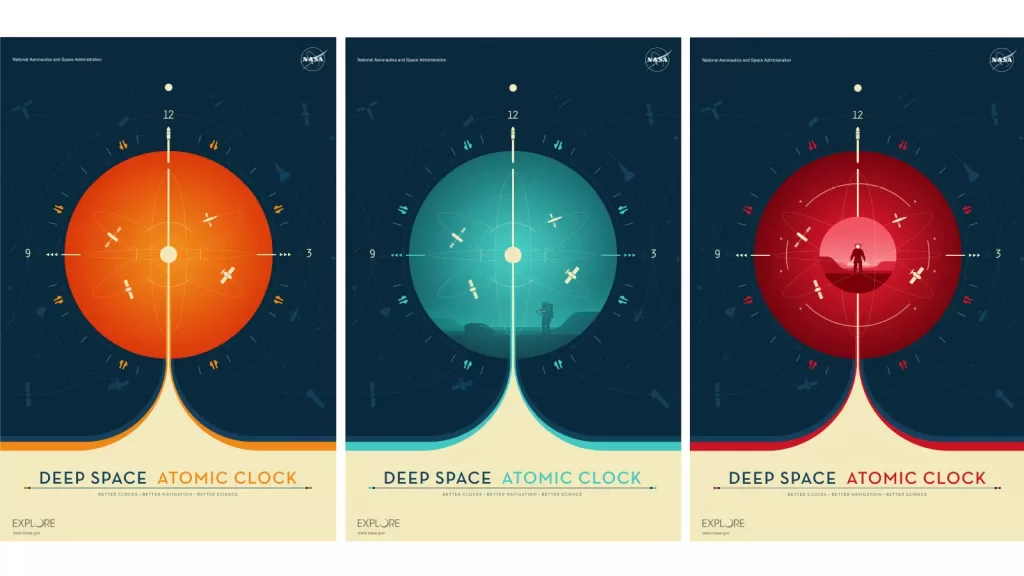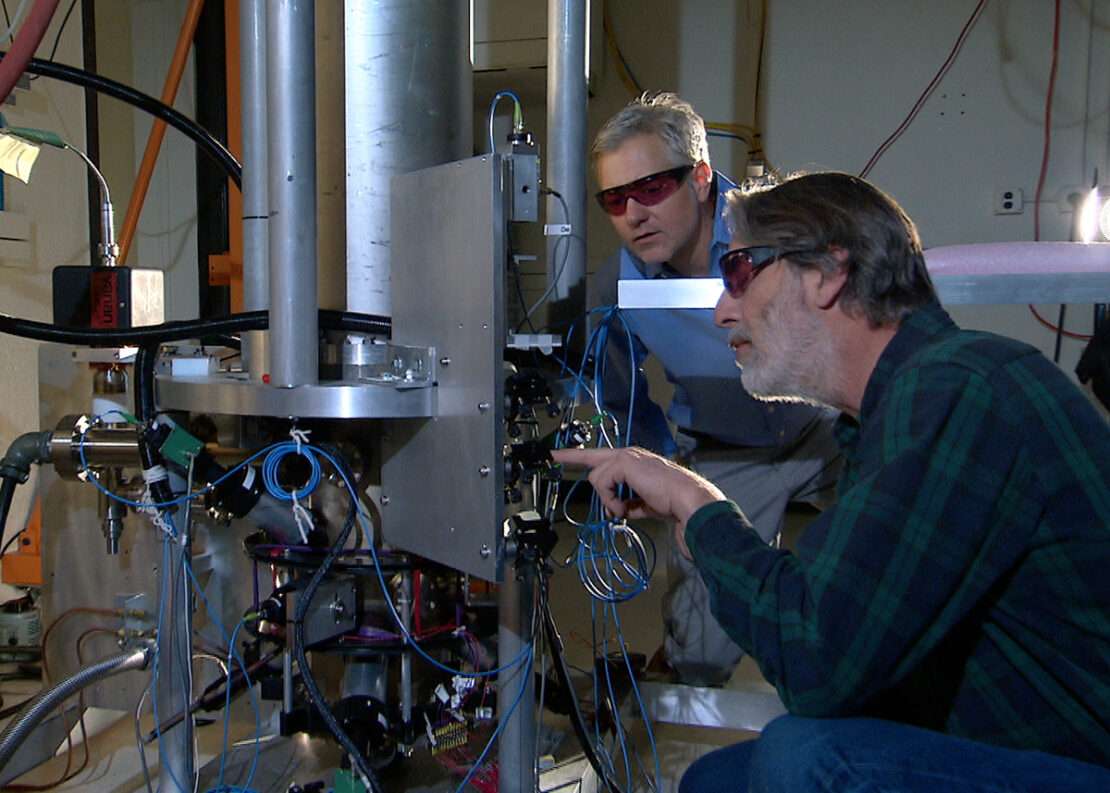An atomic clock is a highly accurate timekeeping device that relies on the vibrations of atoms to measure time with extraordinary precision.
Unlike traditional clocks that use mechanical components or quartz crystals, atomic clocks are based on the principles of atomic physics.
Here’s a breakdown of how atomic clocks work:
Table of Contents
Atomic Transitions:
Atomic clocks are typically based on the vibrations or oscillations of atoms, which occur when electrons transition between different energy levels.
The specific atoms used in atomic clocks are chosen for their stability and predictable behavior during these transitions.
Cesium Atomic Clocks:
One of the most common types of atomic clocks uses cesium atoms (usually cesium-133) for timekeeping.
In a cesium atomic clock, a beam of cesium atoms is exposed to microwave radiation.
The frequency of the microwave radiation is tuned to match the natural frequency of the cesium atoms, causing them to resonate.
Microwave Resonance:
The cesium atoms resonate or vibrate at the microwave frequency, and scientists measure the time it takes for a certain number of oscillations to occur.
The duration of 9,192,631,770 oscillations of the cesium atoms defines one second, based on the International System of Units (SI).
Feedback Loop:
Atomic clocks include a feedback loop that compares the actual oscillations of the atoms to the desired frequency.
Any deviation is corrected by adjusting the frequency of the microwave radiation, ensuring that the clock maintains extreme accuracy.
Optical Lattice Clocks:
Advancements in atomic clock technology have led to the development of optical lattice clocks.
These clocks use lasers to trap ultracold atoms in a three-dimensional lattice. By using optical frequencies instead of microwaves, optical lattice clocks can achieve even higher precision.
International Atomic Time (TAI) and Coordinated Universal Time (UTC):
The time standard derived from atomic clocks is known as International Atomic Time (TAI).
Coordinated Universal Time (UTC) is the time scale used globally, and it is based on TAI but corrected periodically to account for variations in Earth’s rotation.
Atomic clocks utilize the predictable and stable behavior of atoms during atomic transitions, specifically in the case of cesium atomic clocks, where microwave resonance is employed.
These timekeeping devices play a crucial role in various scientific, technological, and navigational applications, providing a standard of timekeeping accuracy that was once thought impossible with traditional clocks.

FAQs
- What is an atomic clock? An atomic clock is a timekeeping device that uses the vibrations of atoms as a reference to measure time with exceptional accuracy. Most atomic clocks use the vibrations of cesium or rubidium atoms to maintain precise timekeeping.
- How does an atomic clock work? Atomic clocks operate based on the vibrations of atoms, typically the hyperfine transitions of electrons within cesium or rubidium. The frequency of these atomic vibrations serves as a stable and precise measure of time.
- Why are atomic clocks so accurate? Atomic clocks are highly accurate because they rely on the constant and predictable vibrations of atoms. The fundamental properties of these atoms make atomic clocks more precise than traditional timekeeping methods.
- What is the role of atomic clocks in global timekeeping systems? Atomic clocks serve as the foundation for Coordinated Universal Time (UTC), the global standard for timekeeping. Multiple atomic clocks worldwide contribute to UTC, ensuring a consistent and accurate measure of time.
- How accurate are atomic clocks? Atomic clocks can be incredibly accurate, with some models losing or gaining only one second in millions of years. This level of precision is crucial for scientific, technological, and navigation applications.
- Are atomic clocks affected by changes in gravity or motion? According to Einstein’s theory of relativity, time can be influenced by gravity and motion. However, atomic clocks are designed to account for these effects, maintaining their accuracy in various conditions.
- Can I buy a personal atomic clock? Yes, there are atomic clocks available for personal use. These clocks often synchronize with signals from atomic timekeeping stations or satellites to ensure accurate timekeeping.
- How do atomic clocks differ from quartz clocks? Quartz clocks use the vibrations of a quartz crystal, while atomic clocks use the hyperfine transitions of atoms. Atomic clocks are more accurate than quartz clocks and are often used in scientific and critical timekeeping applications.
- Are there different types of atomic clocks? Yes, there are different types of atomic clocks, including cesium atomic clocks, rubidium atomic clocks, and more advanced optical lattice clocks. Each type has its own advantages and applications.
- What is the significance of atomic clocks in modern technology? Atomic clocks play a crucial role in various technologies, including satellite navigation (GPS), telecommunications, scientific research, and synchronization of global communication networks. Their precision is essential for many aspects of modern life.
These FAQs provide a basic understanding of atomic clocks and their importance in maintaining accurate and standardized timekeeping.



Comments